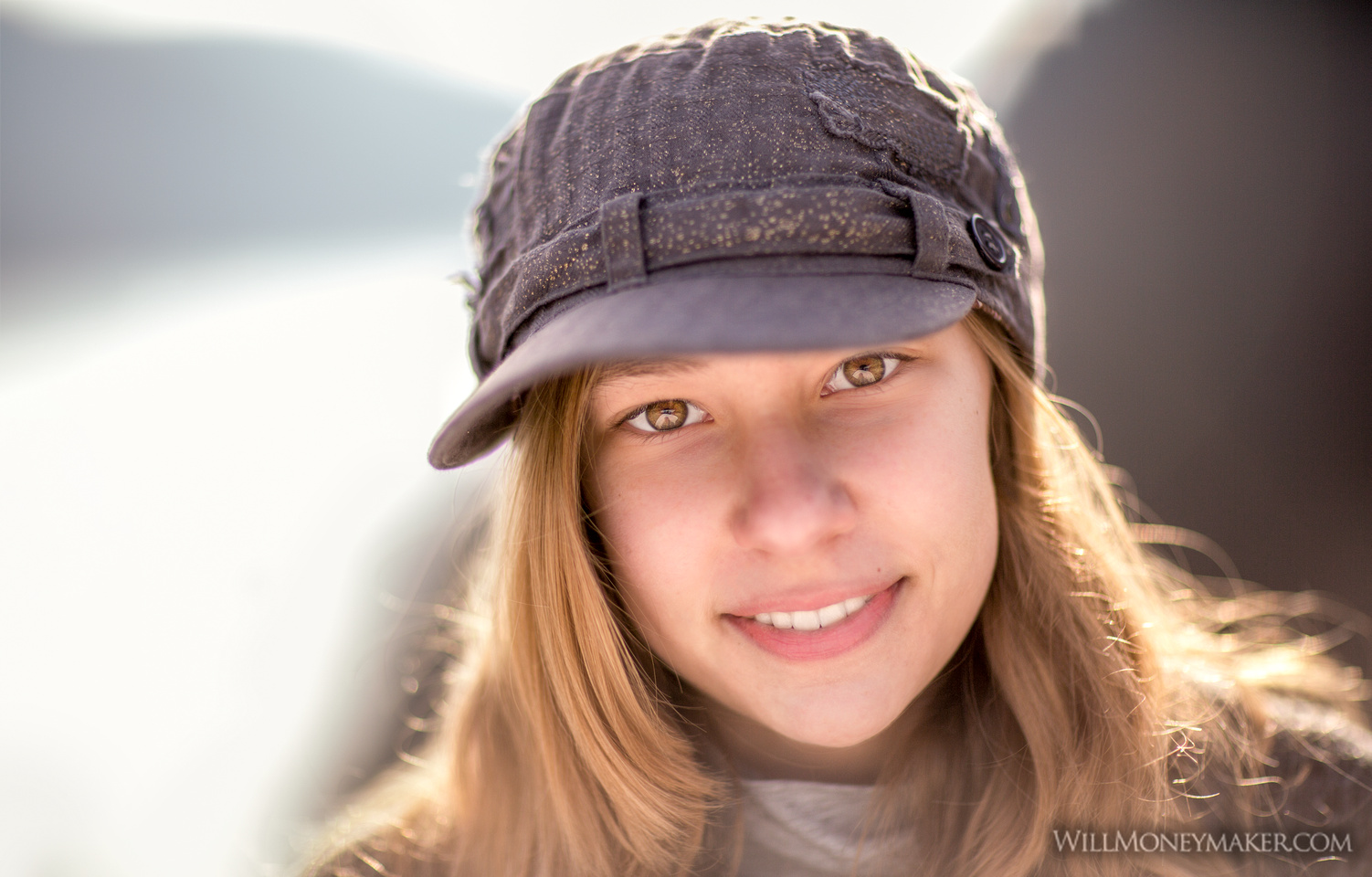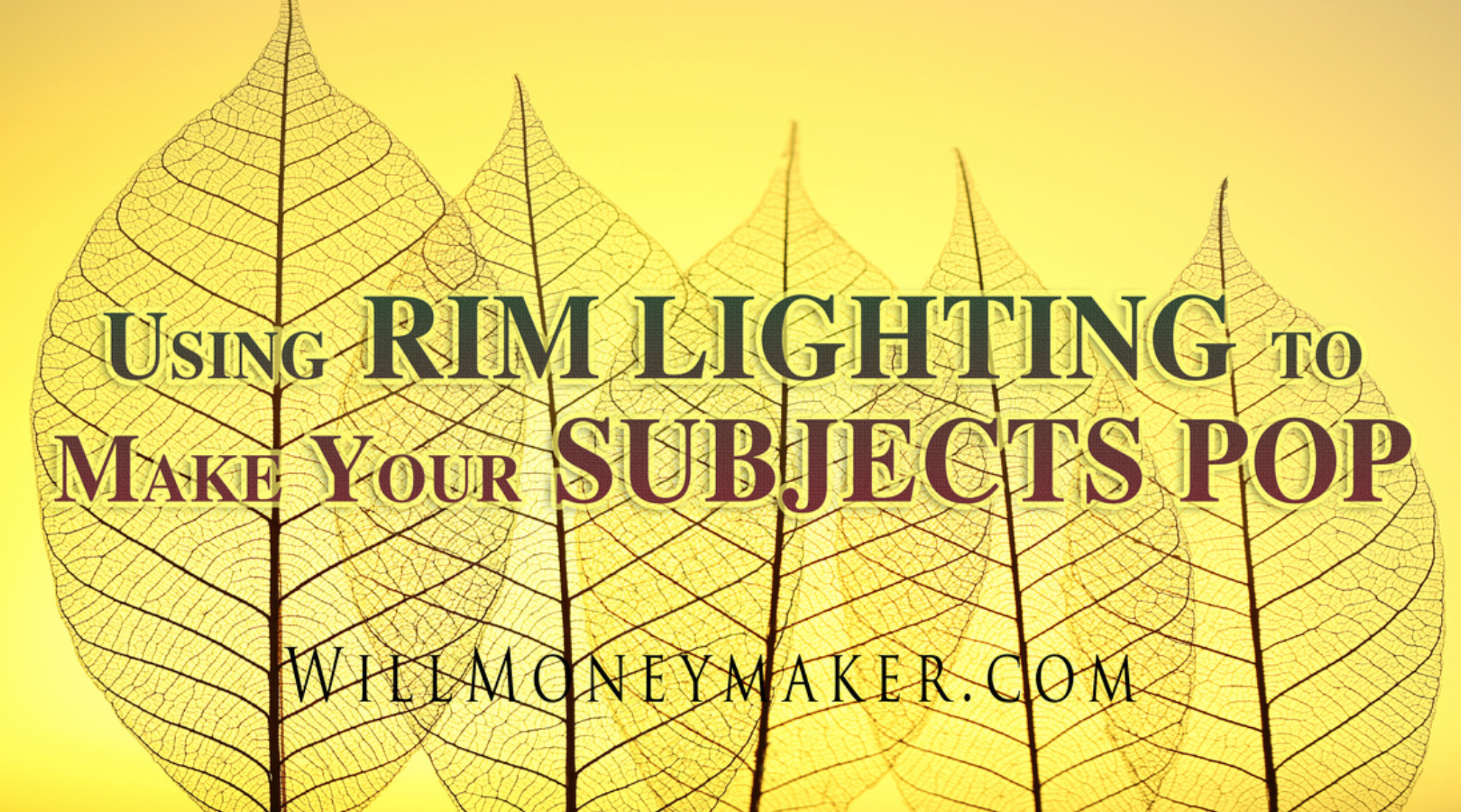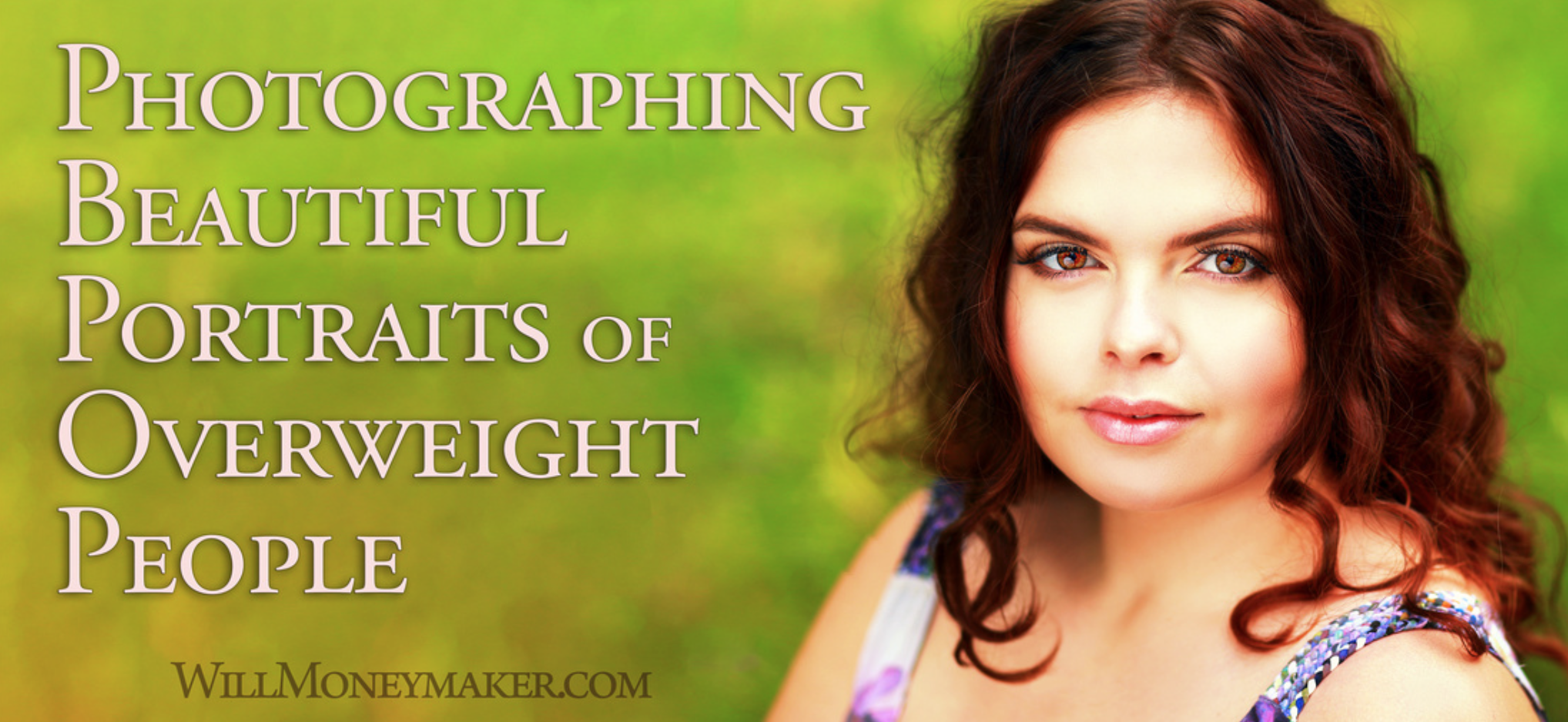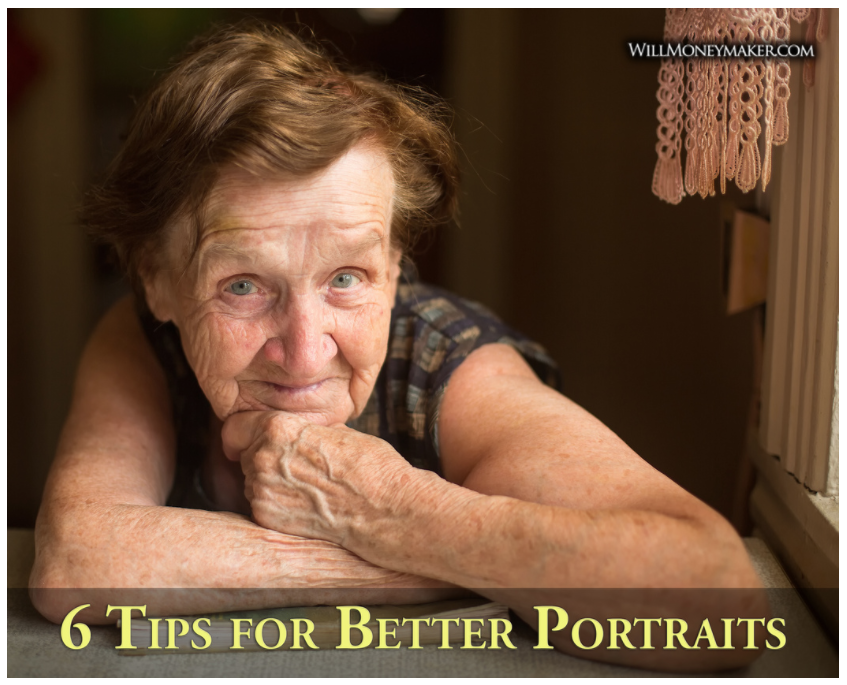If you are looking for a great way to breathe life into your artwork, portraiture might be the way to go. For those of you that previously enjoyed landscape photography or another genre, then you know that it is a challenge to come up with new and refreshing ideas. With portraiture, there is always something new to document. Different people have their own unique traits and quirks that you can bring out. Even if you photograph the same people over and over, you'll find that different moods or different activities that they are engaged in gives you a new perspective.
Portraiture does come with a few rules, however, and there are many tips and tricks that you can employ to create beautiful portraits. To that end, I'd like to give you a series of articles that talk about all of the different pieces and parts of portraits. It is often said that the eyes are the windows to the soul, so let’s start there.
Perfect Focus is Essential
The first and most important thing to understand about portraiture is that the eyes are the first thing that viewers will look at – and with good reason since the eyes tell us a lot about what a person is thinking or feeling. What this means is that the eyes should always be in perfect focus, no matter what other techniques you are using. Photographers often use soft focus effects to smooth skin, for instance, but if you wish to do this, make sure that the effect does not touch the eyes.
Learn About Catchlights and How to Use Them
Catchlights are what makes eyes sparkle. That little bit of twinkle is enough to ensure that the eyes aren’t dull and flat but instead, full of life. To put it simply, a catchlight is the reflection of your lighting source. It could be square if you are using a window’s ambient light or a softbox, or it could be in the shape of your flash or reflector. Some of the most interesting catchlights are circular, perfectly ringing the pupil of the eye, usually produced when the photographer uses a ring light.
The shape, however, matters less than the quality. Those small reflections in the eyes should be fairly bright. They don't necessarily have to be bright white highlights (although they can be), but they do need to be bright enough that they are readily apparent. Viewers, particularly those who are not photographers themselves, may not overtly notice the catchlights that you have created, but they will enjoy the image more because the eyes will appear more lively.
Lighting the Eyes Well
When lighting the face, think about its form. There are high spots and low spots and the eyes are normally the most recessed parts of the face. It is very easy to let shadow creep into the eye sockets. Unless you are leaving the eyes dark for dramatic effect, it is best to do whatever it takes to ensure that the eyes receive plenty of light so that they don't look hollow or sunken – or worse, like a raccoon mask.
Photographers love using fill flash or reflectors to make sure that the eyes are well lit. If you are using very bright ambient lighting, such as sunlight, a reflector may be all that you need to fill in the shadows around the eyes. If the lighting is not so bright then fill flash is what you'll need. Use a softbox or a diffuser of some sort so as not to create harsh shadows.
Post Processing the Eyes
When it comes to post-processing, there are a lot of dos and don'ts. Concerning the eyes specifically, you'll want to focus on three areas: the iris, the whites and the eyelids and lashes.
Start with the iris by making any adjustments necessary to bring out the catchlight. You may also consider sharpening this area to enhance the natural texture of the iris.
The whites of the eyes are very often over-processed. That is to say, photographers will go through and make sure that the whites are blazing white and they'll even go so far as to remove the veins to make the eyes appear even whiter. However, this leads to a very unnatural look in most cases. I recommend brightening the whites of the eyes only when necessary, and only by a little bit so that they are not bright enough to distract from the rest of the eye area. You can also minimize veins by selectively lowering the contrast or saturation of the whites only, but I do not recommend removing veins entirely because again, this looks very unnatural.
Finally, there are the eyelids and lashes to deal with – and two ways to go about handling them. If part of the point of the image is to highlight intricate makeup, then you may want to selectively sharpen or adjust colors and lighting on the lashes and the areas featuring makeup, which often includes large portions of the upper and lower eyelid.
If you are not featuring makeup, then you may want to go a different route. Sharpen the waterline of the lower eyelid only to bring it into clear focus along with the rest of the eye. Then, you can leave the eyelids and lashes softer, or not, depending on your preferences for the image. This may mean sharpening the lid areas anyway to bring out the interesting textures of the skin and lashes.
The eyes are just one element of the face, but as you can see, there are a lot of details to think about here. The same goes for other areas of the face. In the next post, I’ll be covering some of the basics you'll need to know to photograph skin beautifully.





